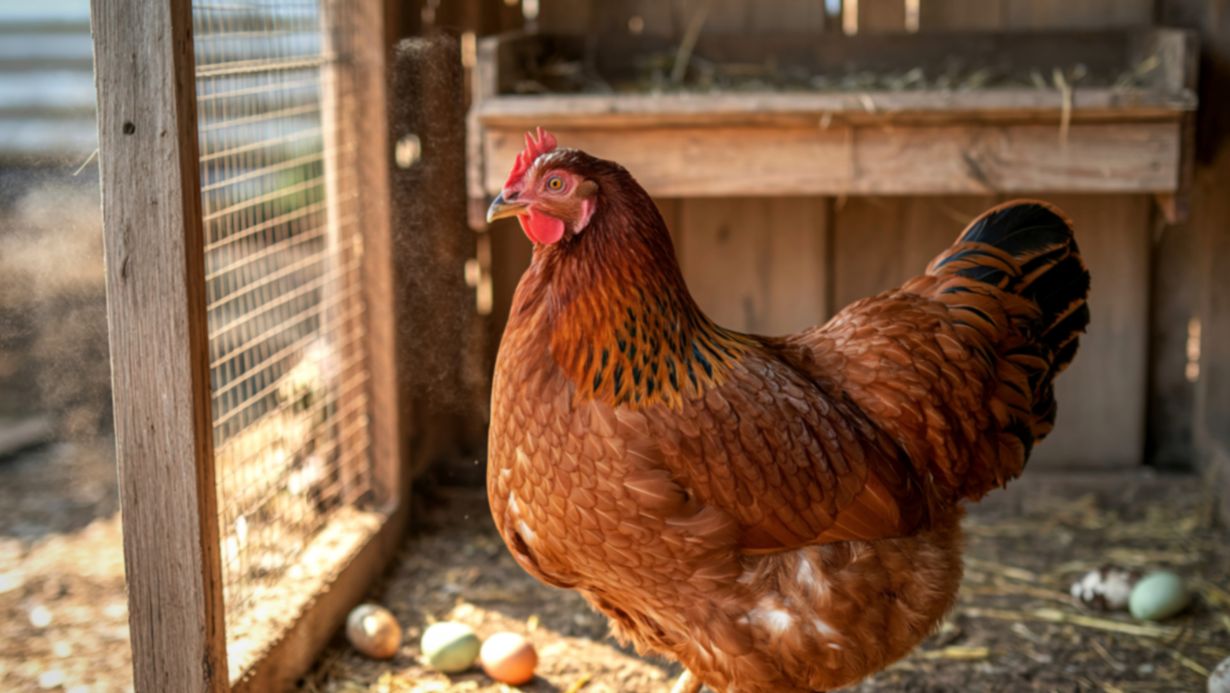Fig trees (Ficus carica) are prized for their sweet, abundant fruit and their resilience in home gardens. If you’ve ever wondered how to propagate fig tree varieties you love, you’ll be glad to know it’s simpler than many other fruits.
From simple hardwood cuttings to rooting in containers or directly in the ground, this guide will walk you through the most reliable techniques to grow healthy, productive fig trees at home. No matter which you choose, make sure to start with an original fig tree from a specialty nursery to ensure you get healthy plants.
Table of Contents
ToggleMethods to Try When Learning How to Propagate Fig Trees
Fig trees can be multiplied in several ways. Each method has its advantages, and the one you choose depends on your comfort level and the speed at which you want results. Here are our best picks:
1. Propagation by Cuttings
Cuttings are the most common approach for home gardeners. Start by selecting healthy wood that is about half an inch thick and 8 to 12 inches long. Make a clean cut below a node, and remove any leaves or buds. Then, plant each cutting upright in a container filled with a blend of potting soil and coarse sand or perlite.
You’ll want to keep the soil moist but not soggy, and maintain temperatures above 65°F. In four to eight weeks, you should see new roots forming. When cuttings resist a gentle tug, they are ready to be transplanted.
2. Propagation by Layering
Layering allows you to root new plants while they stay attached to the parent tree. For ground layering, bend a low branch to the ground, cover a section with soil, and keep it damp. Roots usually develop by midsummer, and you can then cut the new plant free from the mother plant.
In air layering, you remove a thin strip of bark on a branch and wrap the area with moist sphagnum moss. Cover it with plastic to hold in moisture. Once roots appear in the moss, cut below the rooted section and plant it separately.
3. Propagation by Suckers
Many fig trees produce suckers near their base. To use this method, dig carefully around a sucker in late winter or early spring. Just make sure to keep as many roots attached as possible.
Next, cut it away from the main plant and pot it in well-draining soil. Once done, keep it shaded for a few weeks to help it adjust before moving it into more sunlight or planting it in the ground.
Regardless of the method you choose, be patient and check your plants regularly. With steady care, each of these techniques can help you grow strong, healthy fig trees that thrive in your garden.
Tips on How to Propagate Fig Tree Correctly

A few thoughtful steps can improve your success when propagating fig trees. Whether you are working with cuttings, layering, or suckers, these tips help create strong roots and healthy growth.
- Use Clean, Sharp Tools: Pruning shears or knives should be disinfected before each use. This reduces the chance of introducing disease to fresh cuts.
- Select the Right Material: Choose branches that appear healthy, free from cracks, mould, or discolouration. Sturdy, well-formed wood usually roots more reliably.
- Label Everything: Write the date and method on each container or marker. This helps you track which cuttings are progressing and which need attention.
- Watch Soil Moisture: Check the soil often. It should stay evenly damp but never soaked. Overwatering can lead to rot, while dry conditions stall root development.
- Keep Conditions Warm: Place cuttings in a location with steady warmth and indirect light. Consistent temperatures help roots form faster.
- Limit Disturbance: Avoid moving or pulling on cuttings until you see new growth or resistance when you check them.
- Harden Off Gently: Once the roots have developed, move young plants into more direct sunlight gradually so they can adjust without stress.
Also, keep your pots in a warm, sheltered spot with indirect light, and be patient. Some cuttings take several weeks to establish, especially in cooler conditions. With careful preparation and steady care, you can expect healthy new fig trees that grow strong and produce reliably.
Grow New Fig Trees with Confidence
Learning how to propagate fig tree varieties you enjoy is an easy way to expand your garden and share plants with others. Additionally, propagation also gives you more control over the quality and health of your plants, so you can enjoy fresh figs and a thriving orchard for seasons to come.
With the right timing, healthy materials, and steady care, you can grow strong fig trees that produce reliable harvests year after year.





